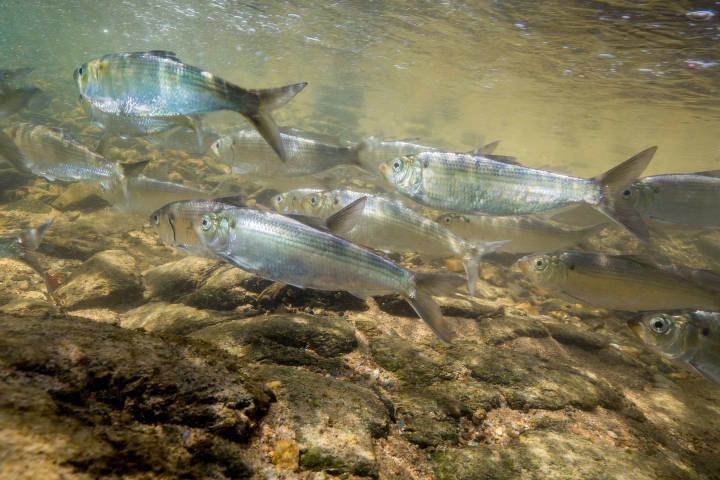DuPont Hay Road
Hazardous Waste Site | Wilmington, DE | 1935-2017
What Happened?
Beginning in 1935, E.I. du Pont de Nemours and Company (DuPont) owned and operated a titanium dioxide manufacturing facility, known as the Edge Moor Plant. DuPont later acquired and operated a nearby landfill along Hay Road, which in the late 1990s, was used to stockpile "Iron Rich" materials, a byproduct from its nearby titanium dioxide facility. This substance contained heavy metals, PCBs, and other hazardous materials.
DuPont worked with the Delaware Department of Natural Resources and Environmental Control (DNREC) to conduct remedial activities. The Iron Rich material was capped with an impermeable cover to prevent wind and surface erosion and leaching into the surrounding environment, with construction completed in 2011. Vegetation now covers the capped area, and long-term maintenance and environmental monitoring is ongoing.
What Were the Impacts?
Releases of hazardous substances from the site have injured various natural resources, including fish and sediment-dwelling benthic organisms in the Delaware River. Fish consumption advisories are in effect in the area due to elevated levels of PCBs and other contaminants.
What’s Happening Now?
On December 20, 2022 a settlement was proposed to resolve claims related to the hazardous waste pollution from the du Pont de Nemours and Company (Dupont Hay Road) site on the Delaware River in Wilmington, Delaware. After a public comment period, the settlement was finalized on January 25, 2023. Of the total settlement of $1,071,755.84, $808,500 is for restoration activities and $263,255.84 will be allocated to the Trustees’ for reimbursement of their natural resource damages assessment costs.
Quote
“This agreement marks a new chapter in the effort to clean up and restore the Delaware River. We look forward to working with our partners and the public to ensure that habitats, wildlife, and communities in Wilmington benefit from the restoration of this important urban waterway."
- Diane Evers NOAA Northeast/Great Lakes Region Branch Chief
Contacts
Rich Takacs
NOAA Restoration Center
rich.takacs@noaa.gov
Daniel Takaki
NOAA Assessment & Restoration Division
daniel.takaki@noaa.gov






